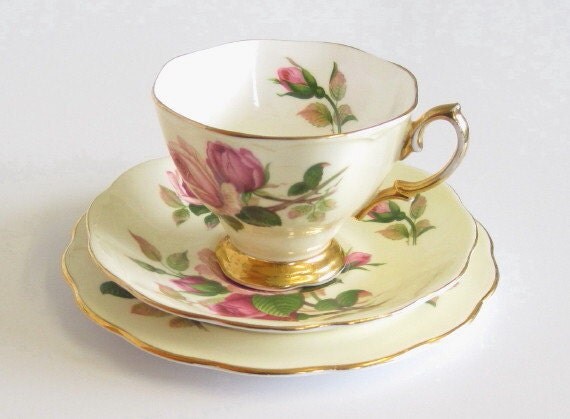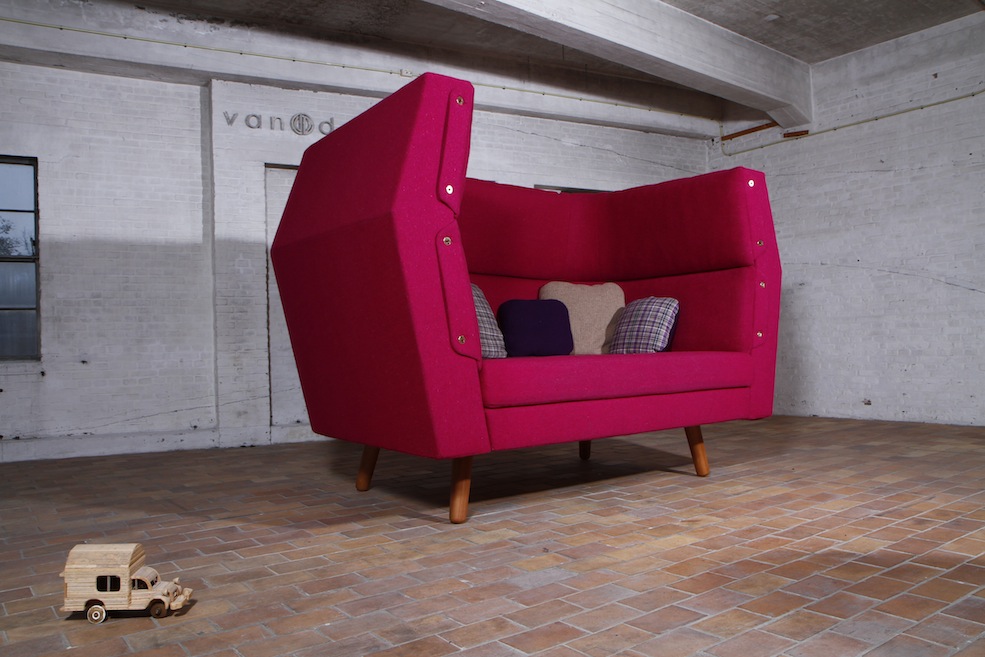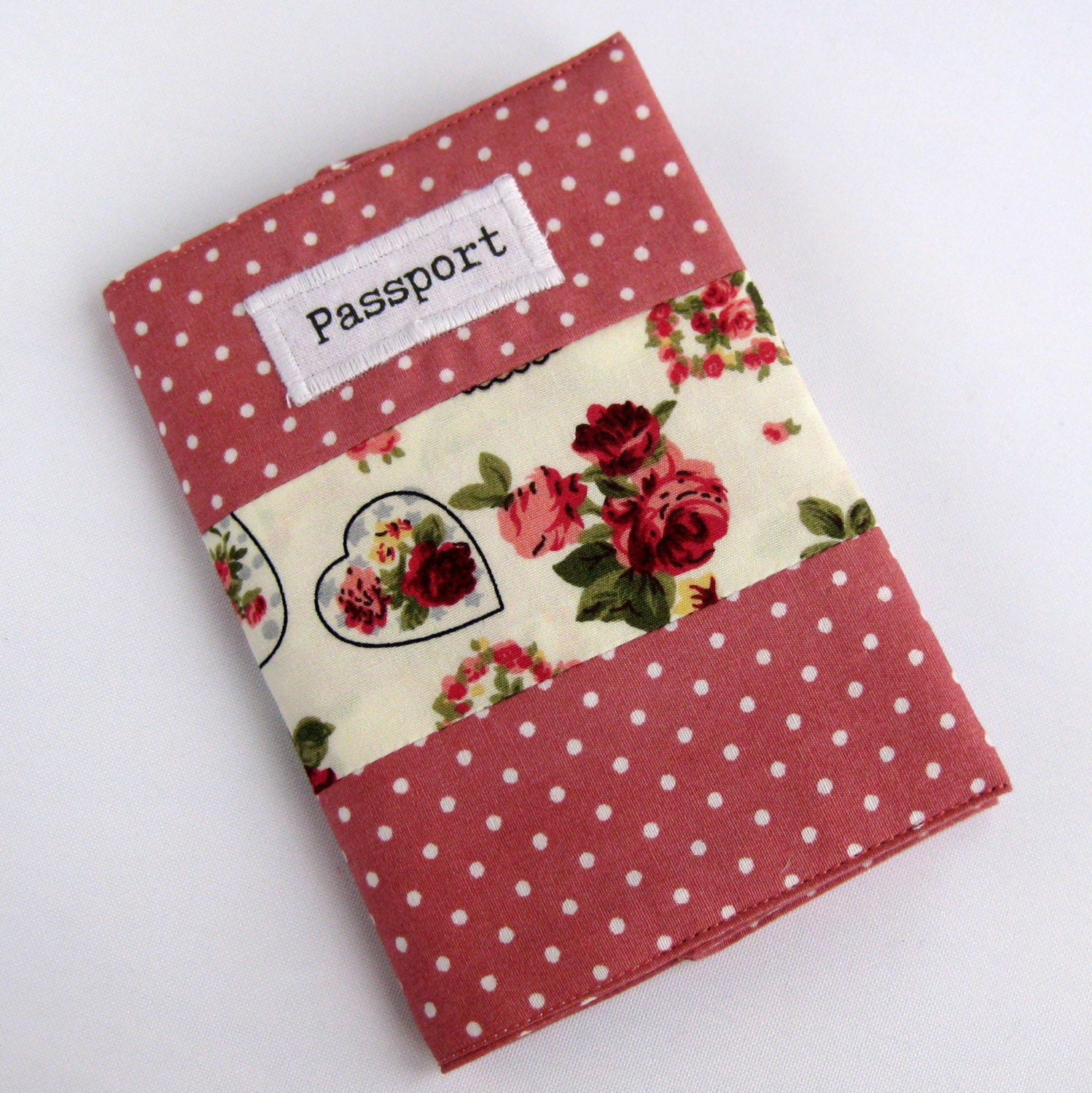This Austen/magic mash-up didn’t prove spellbinding for me
The problem with following authors on Twitter is that when you don’t like their books you feel bad. I do, anyway, especially when said author seems to be so nice.
I really didn’t get on with Mary Robinette Kowal’s Shades of Milk and Honey. Jane Austen-esque, it was essentially Sense and Sensibility with magic, or glamour as it’s called in the book. I didn’t warm to the main character, Jane, at all. Mostly I just thought she needed to get over herself and grow a backbone. Her younger sister Melody was just plain annoying.
While the passages on glamour were often beautiful, the story itself was completely predictable. In some ways it was both too similar to Jane Austen and yet not similar enough. It was so alike that I couldn’t help but compare it, unfavourably, to the original. Had it simply followed the story of Sense and Sensibility, more like Pride and Prejudice and Zombies (the story of P&P with added zombie fun), I might have been able to let the story wash over me and just enjoyed the addition of magic.
Modern-day menace
I found some of the language jarring. Depression instead of melancholia, for example. The former was in use in the 19th century, but the latter was far more common, especially among laypeople. And using gift as a verb is just plain wrong (as in a synonym for given, rather than talented).
I understand that Kowal did a lot of research to ensure the historical accuracy of the series so it’s likely that she had good reason for using the language she did; unfortunately I don’t know what those reasons might be so I can only judge as I find.
Melody was just plain annoyingIt was also really very obvious what was going to happen – who would turn out to be the rotter, who the good guy behind the taciturn exterior. And it was about as subtle as a punch to the face. I got it from the very first page that Jane was plain and Melody beautiful. It didn’t need to be repeated every couple of paragraphs.
It’s a shame, because I really wanted to like this book, but I just didn’t warm to it. I won’t be reading any of the others in the series.






































